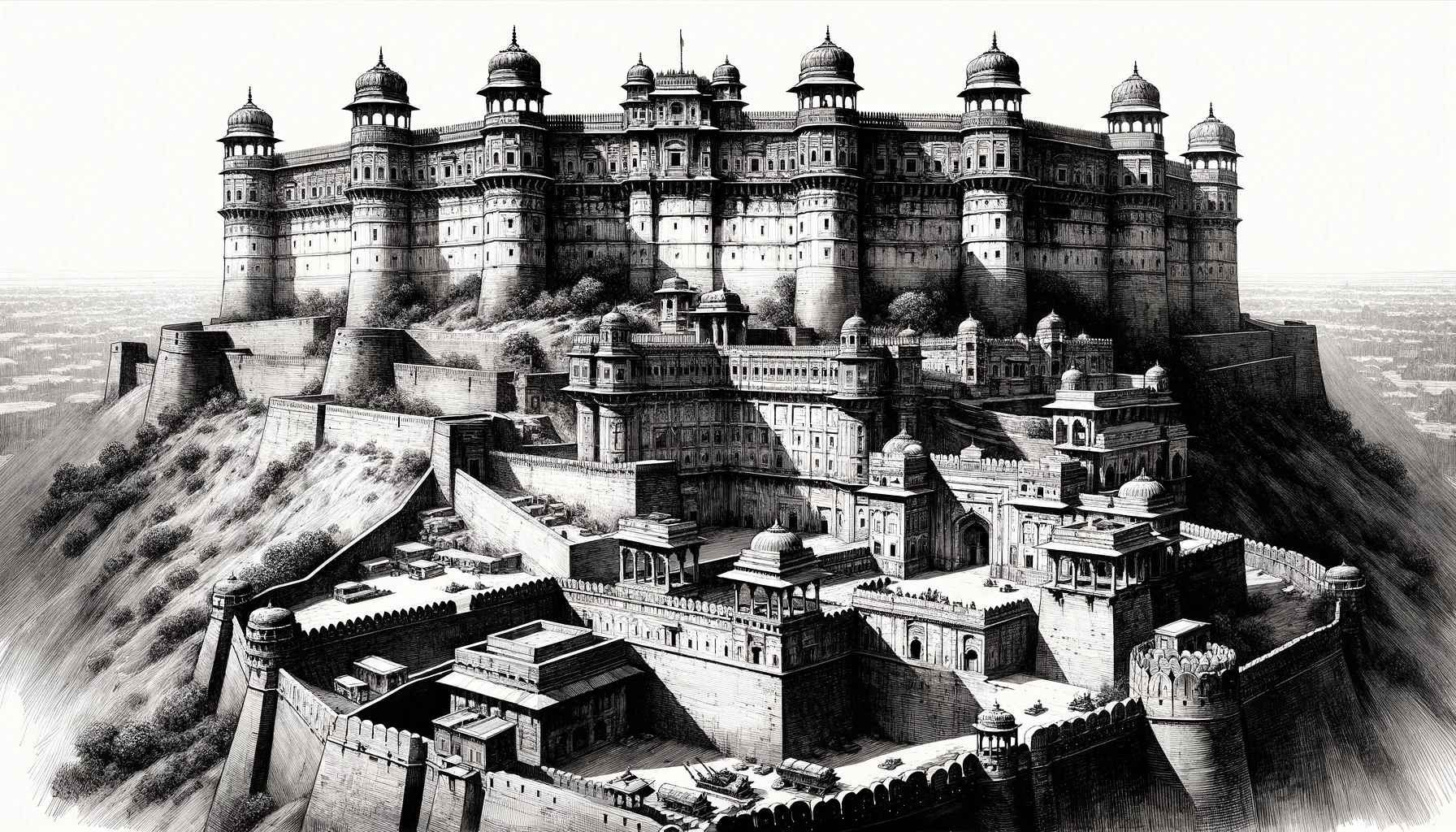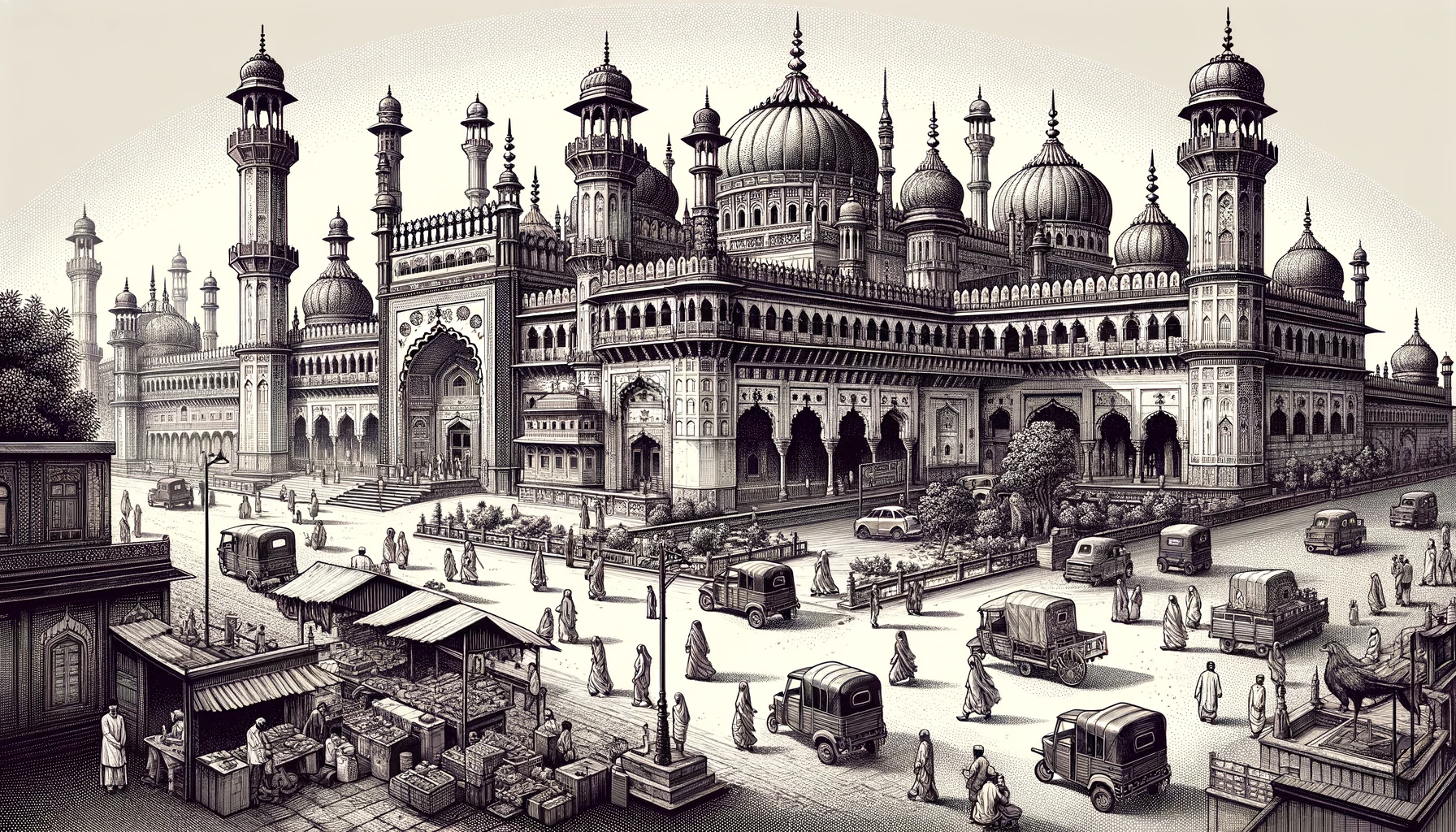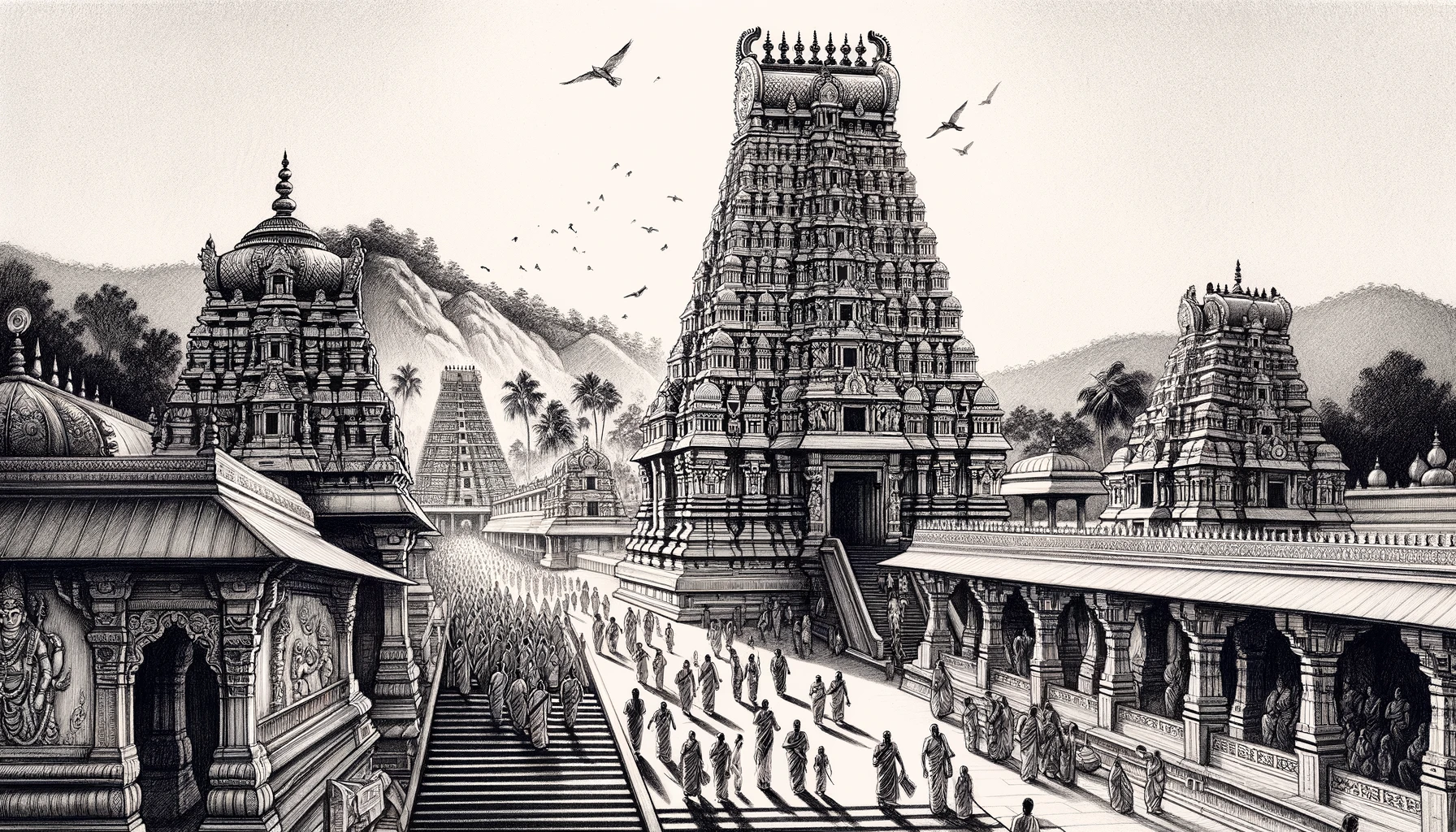Introduction
Nestled in the heart of India, Gwalior stands as a testament to the country’s grand historical narrative, blending ancient traditions with the legacies of its warriors, saints, and artists. This city, with its imposing fort and beautiful palaces, tells stories of valor, culture, and the arts, making it a fascinating subject for anyone interested in the depths of Indian heritage.
The Gwalior Fort: An Architectural Marvel
Perched atop a rocky massif, the Gwalior Fort is often described as the ‘pearl in the necklace of the castles of Hind’. Its strategic importance and architectural grandeur make it a central character in Gwalior’s history. The fort has seen numerous battles and has changed hands among various dynasties, each leaving its mark on the fort’s expansive walls. Exploring the fort offers insights into the medieval military architecture and the artistic achievements of the times, including the exquisite rock-cut Jain statues and the vibrant frescoes of the Man Mandir Palace.
The Tansen Connection: A Musical Legacy
Gwalior’s contribution to the Indian classical music scene is unparalleled, primarily due to its association with Tansen, one of the most revered figures in Indian music and a prominent musician at the court of Mughal Emperor Akbar. The Tansen Music Festival, held annually near his tomb, attracts maestros and enthusiasts from across the globe, making Gwalior a vibrant hub for the classical music tradition.
Jai Vilas Palace: A Glimpse into Royal Opulence
The Jai Vilas Palace, an opulent 19th-century palace, offers a peek into the lavish lifestyle of the Marathas. The palace, part museum, showcases a blend of Tuscan, Italian-Doric, and Corinthian architectural styles and houses artifacts that narrate the story of Gwalior’s royal lineage, including the world’s largest pair of chandeliers and a replica of the royal train that once ran on the estate.
Gwalior’s Heroes: Rani Lakshmibai and Tantya Tope
Gwalior is also synonymous with the valor of Rani Lakshmibai, the Queen of Jhansi, and her ally Tantya Tope, who fought against the British during the 1857 Rebellion. The city’s role in this pivotal moment in India’s fight for independence is commemorated at various sites, inviting visitors to reflect on the courage and sacrifice of its heroes.
The Cultural Fabric: Festivals, Cuisine, and Crafts
Beyond its historical and musical legacies, Gwalior is vibrant with cultural festivals, delectable cuisine, and exquisite crafts. The Gujari Mahal Archaeological Museum, for example, offers insights into the region’s artistic heritage, while the local bazaars are alive with the rich flavors of Madhya Pradesh’s cuisine and the intricate craftsmanship of its artisans.
Conclusion
Gwalior, with its majestic fort, musical heritage, royal palaces, and heroic tales, offers a unique journey through India’s historical and cultural landscapes. It invites travelers not just to visit but to immerse themselves in the stories of its past, the melodies of its music, and the flavors of its traditional cuisine. A trip to Gwalior is not just a visit to a city but an exploration of India’s soul.


